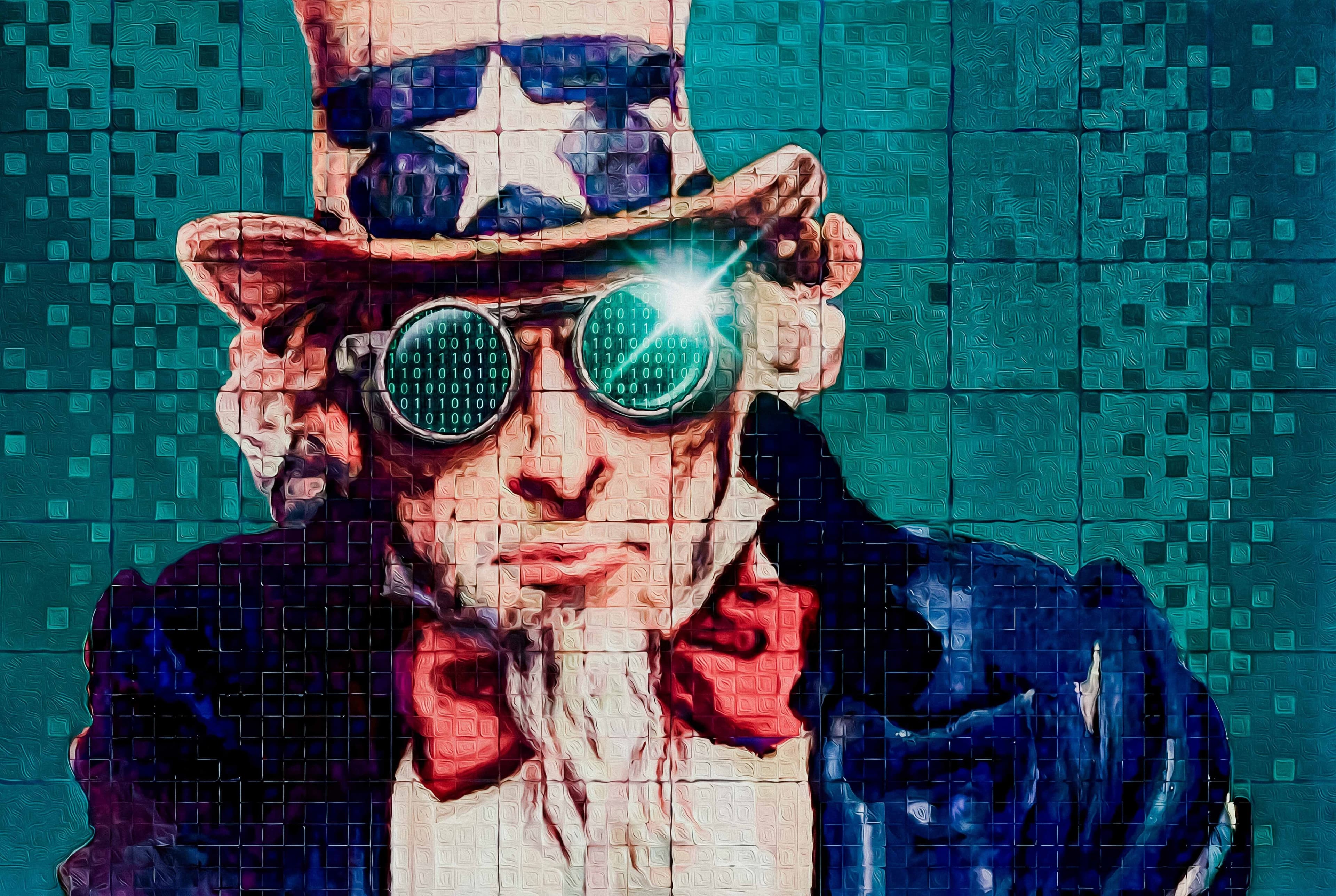
State Capacity Isn't FascismDec 19
tech companies give the government, historically dumb and slow, cutting-edge tools to enforce the law of the land. don't like it? change the law, don't blame the toolmakers.
35 Likes
3 Comments
Feb 3, 2024

Hey readers, it's the 39th White Pill, your favorite newsletter covering developments at the frontier of space, science, engineering, AI, and more. Let's skip the long-winded intro this week and get right to it.